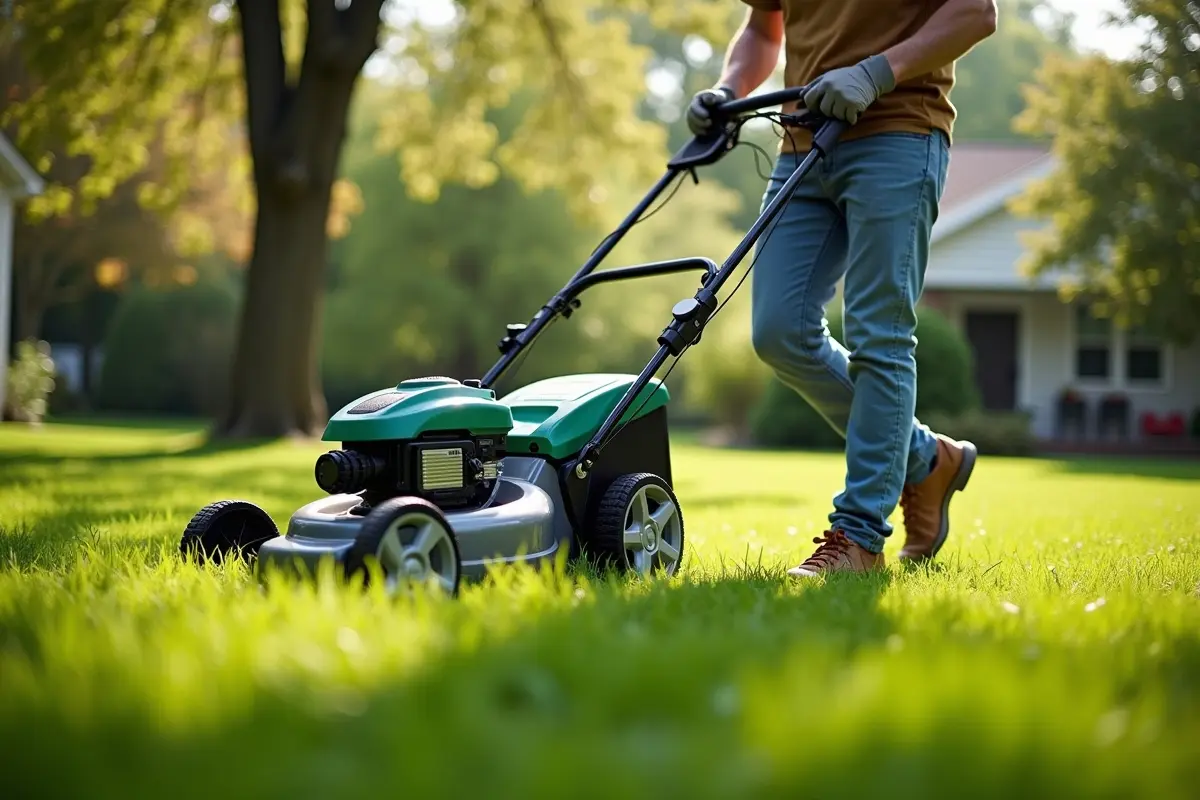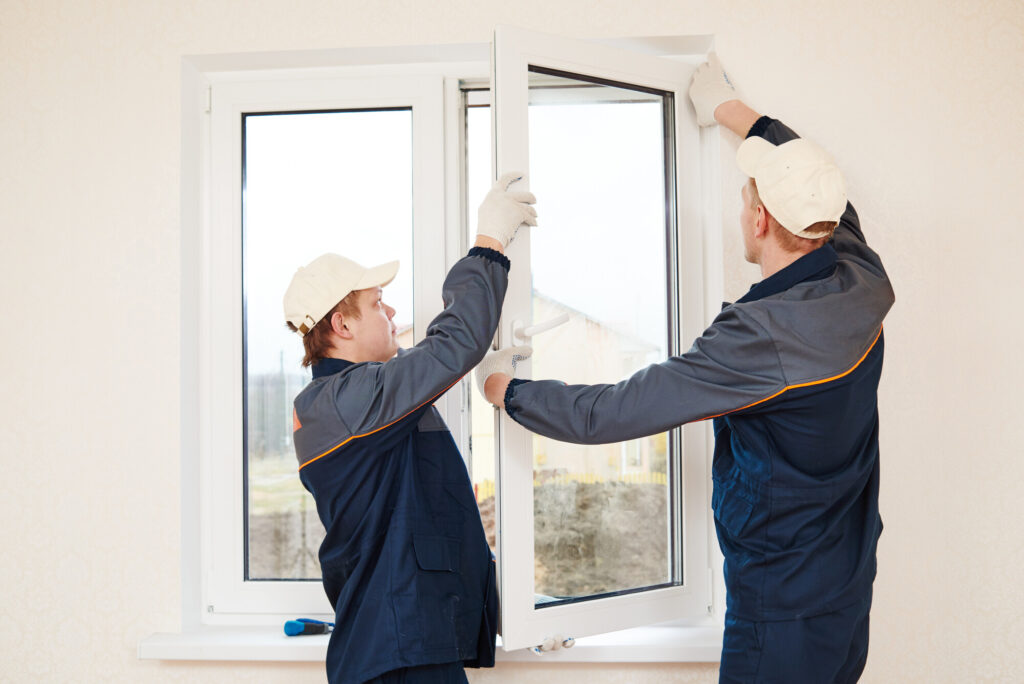Battery lawn mowers have come a long way in the past few years. What used to be underpowered machines that barely made it through small yards now compete seriously with gas mowers for most residential lawns. But “most” isn’t “all,” and the question of whether battery power works for your specific situation depends on several factors.
The honest answer is that battery mowers handle typical suburban lawns beautifully but still have limitations. Understanding what they do well and where they struggle helps you figure out if a battery mower will work for your yard or if you’re better off sticking with gas.
Power Output Has Improved Dramatically
Modern battery mowers use brushless motors that deliver impressive power, often comparable to mid-range gas mowers. The torque and cutting ability surprise people who remember the weak battery mowers from a decade ago.
Voltage matters here. Entry-level battery mowers run on 40V systems, mid-range models use 56V or 60V, and premium options hit 80V or even dual-battery setups that effectively double the voltage. Higher voltage generally means more power and better performance in challenging conditions.
The best battery lawn mower 2025 models feature these higher voltage systems along with improved battery technology that delivers consistent power throughout the charge cycle. This combination provides cutting performance that rivals gas mowers for most residential applications.
For regular mowing of maintained lawns, most battery mowers have plenty of power. They cut through normal grass height without bogging down, handle slight inclines fine, and maintain consistent blade speed. Where you notice the difference is in demanding situations.
Where Battery Mowers Excel
Small to medium lawns are the sweet spot. If you’re mowing under half an acre (around 20,000 square feet), battery mowers work great. Most quality models can easily handle a quarter acre on a single charge with runtime to spare.
Well-maintained lawns that get mowed regularly don’t stress battery mowers. When you’re cutting grass that’s only grown 2-3 inches since the last mow, battery power handles it effortlessly. Regular mowing means the mower never has to work particularly hard.
Flat terrain plays to battery mower strengths. Without hills to drain extra power climbing slopes, the battery lasts longer and the motor doesn’t strain. A flat quarter-acre lot is much easier on a battery mower than a hilly eighth-acre lot.
Dry conditions help too. Wet grass requires more power to cut cleanly, draining batteries faster and sometimes bogging down the motor. Battery mowers perform best on dry grass, though quality models can handle damp conditions reasonably well.
When Battery Power Struggles
Thick, overgrown grass exposes power limitations. If you let grass grow tall between mowings, or you’re tackling weeds and thick patches, battery mowers work harder and drain faster. They’ll usually still get through it, but runtime drops significantly.
Large properties test battery capacity. Once you’re beyond half an acre, you’re probably looking at multiple battery charges or buying extra batteries. This is where it gets expensive – replacement batteries often cost $150-300 each.
Hills and slopes demand extra power. Pushing any mower uphill takes more effort, and the motor draws more current to maintain blade speed. If your yard has significant slopes, expect reduced runtime and potentially slower mowing speed.
Wet or damp grass from morning dew or recent rain makes cutting harder. The mower has to work through the moisture, and clippings tend to clump rather than discharge cleanly. Battery mowers can handle this but performance drops noticeably compared to dry conditions.
Bagging versus mulching affects power draw differently. Bagging requires the mower to generate enough airflow to lift clippings into the bag, using more power. Mulching or side discharge is less demanding on the battery.
Runtime Reality Check
Manufacturer runtime claims often assume ideal conditions – flat, dry, well-maintained grass at a moderate walking pace. Real-world runtime is usually less, sometimes significantly so.
A typical 5.0Ah battery on a 40V mower might give you 30-40 minutes of actual mowing time in good conditions. A 7.5Ah battery on a 56V or 60V system can push 45-60 minutes. Premium setups with larger batteries or dual-battery systems can hit 60-90 minutes.
Here’s the thing though – 40 minutes of actual cutting time covers more ground than you might think. Most people can mow a quarter acre in 30-40 minutes including trim work. The runtime becomes an issue mainly on larger properties or when conditions are tough.
Having a spare battery changes the equation entirely. Swap batteries mid-mow and you’ve essentially doubled your runtime. The cost stings (batteries aren’t cheap), but for people with larger yards who want to stick with battery power, it’s a workable solution.
Comparing to Gas Mower Power
Modern battery mowers match or exceed the power of basic gas push mowers. Where gas still has an advantage is sustained power under load and unlimited runtime (as long as you have fuel).
A gas mower’s power doesn’t fade as you use it. Battery mowers maintain power well for most of the charge, but some models show reduced performance as the battery depletes. Quality mowers manage this better than cheaper ones.
For extremely demanding conditions – tall, thick grass on a large, hilly property – gas mowers still have an edge. They simply don’t care how tough the conditions are; they’ll plow through with consistent power until you run out of fuel.
But here’s what most people miss: the average suburban lawn doesn’t need that much power. Gas mowers often have more capability than necessary, while battery mowers provide exactly what’s needed for typical residential mowing. It’s like comparing a pickup truck to a sedan – the truck has more capability, but the sedan does everything most people actually need.
What to Look for in a Battery Mower
Battery capacity (measured in amp-hours, or Ah) directly affects runtime. A 5.0Ah battery is acceptable for small lawns, but 6.0-7.5Ah makes more sense for average yards. Larger properties benefit from 10Ah or dual-battery systems.
Self-propelled models drain batteries faster but make mowing easier, especially on slopes. If your yard has hills, the self-propelled feature is worth the reduced runtime since you can mow more efficiently.
Adjustable speed settings help manage power consumption. Slower speeds extend runtime, while higher speeds let you mow faster when you have battery to spare. This flexibility helps you adapt to conditions and optimize battery use.
Making the Right Choice for Your Situation
Measure your lawn before deciding. Walk it off and estimate square footage, or check property maps. Knowing whether you have 5,000, 10,000, or 20,000 square feet of grass gives you a concrete baseline for evaluating battery capacity needs.
Consider your mowing habits. If you mow weekly and keep grass at a reasonable height, battery mowers work great. If you often let grass grow long between mowings, you’ll push battery power limits more often.
Think about your tolerance for limitations. Some people don’t mind swapping batteries mid-mow or occasionally running short on power. Others find these constraints frustrating and would rather have the unlimited runtime of gas.
Factor in the other benefits of battery mowers beyond just power. They’re quieter, cleaner, easier to maintain, and don’t require dealing with gas and oil. For many people, these advantages outweigh any power limitations.
The Bottom Line on Battery Power
Battery mowers have enough power for the vast majority of residential lawns. If you’ve got a typical suburban yard under half an acre, maintained regularly, on reasonably flat terrain, a quality battery mower will handle it without issue.
The limitations become real only in specific situations: very large properties, frequently overgrown grass, steep slopes, or consistently wet conditions. In those cases, you’ll either need a premium battery setup with spare batteries (which gets expensive) or gas might still make more practical sense.
The technology keeps improving too. Battery mowers from 2025 significantly outperform models from even three years ago. The gap between battery and gas power continues narrowing, and for most homeowners, it’s already closed enough that battery mowers are the smarter, more practical choice despite any remaining power differences.





Leave a Reply
You must be logged in to post a comment.